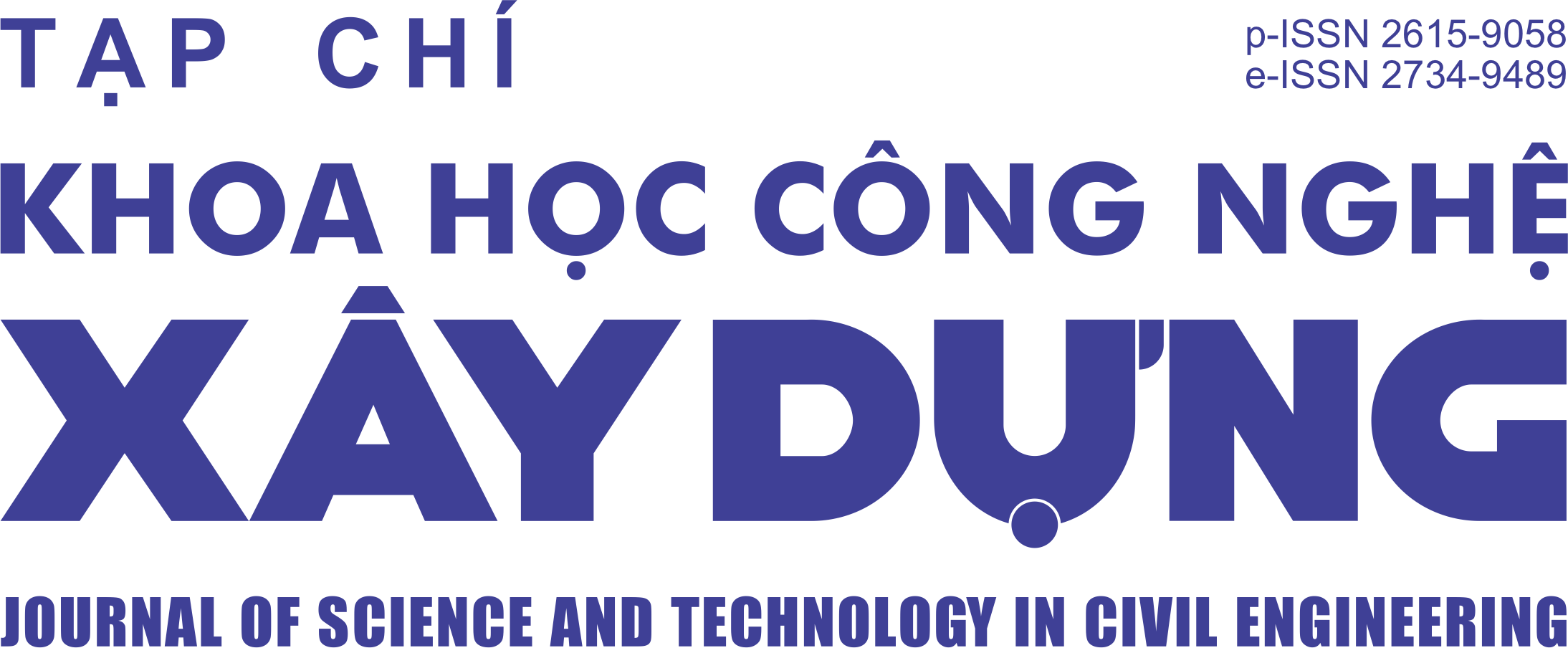Probabilistic safety assessments of truss structures designed by AISC 360-16 and EC 3
Abstract
In globalization, the selection of the specifications for design practices depends on the investment agency. For example, steel truss structures can be designed using various codes, such as AISC 360-16 or EC 3. Although most specifications have recently been written in limit state design, which codes result in reasonable design solutions are rarely investigated. This work carried out reliability analyses to evaluate the probabilistic safety levels of the solutions designed by the abovementioned codes. Following the two design codes, two truss structures are first designed to satisfy the strength limit states. Various ratios of live load to dead load are also adopted for designing tension and compression members of the trusses. Afterward, Monte Carlo simulations are implemented to assess the failure probability of each design solution. Because the codes are constructed by the limit state formats, and the factors specified in the codes are established based on reliability frameworks, consistency and uniformity of the design solutions are investigated. It is revealed that the trusses designed with AISC 360-16 result in higher probabilistic safety levels compared with those using EC 3. However, the failure probability for tension and compression bars is more consistently obtained for those designed by EC 3. Moreover, the reliability indexes are lower than those for compression members, regardless of the code used.
Downloads
Copyright (c) 2024 Hanoi University of Civil Engineering

This work is licensed under a Creative Commons Attribution-NonCommercial-NoDerivatives 4.0 International License.
1. The Author assigns all copyright in and to the article (the Work) to the Journal of Science and Technology in Civil Engineering (JSTCE) – Hanoi University of Civil Engineering (HUCE), including the right to publish, republish, transmit, sell and distribute the Work in whole or in part in electronic and print editions of the Journal, in all media of expression now known or later developed.
2. By this assignment of copyright to the JSTCE, reproduction, posting, transmission, distribution or other use of the Work in whole or in part in any medium by the Author requires a full citation to the Journal, suitable in form and content as follows: title of article, authors’ names, journal title, volume, issue, year, copyright owner as specified in the Journal, DOI number. Links to the final article published on the website of the Journal are encouraged.
3. The Author and the company/employer agree that any and all copies of the final published version of the Work or any part thereof distributed or posted by them in print or electronic format as permitted herein will include the notice of copyright as stipulated in the Journal and a full citation to the Journal as published on the website.







